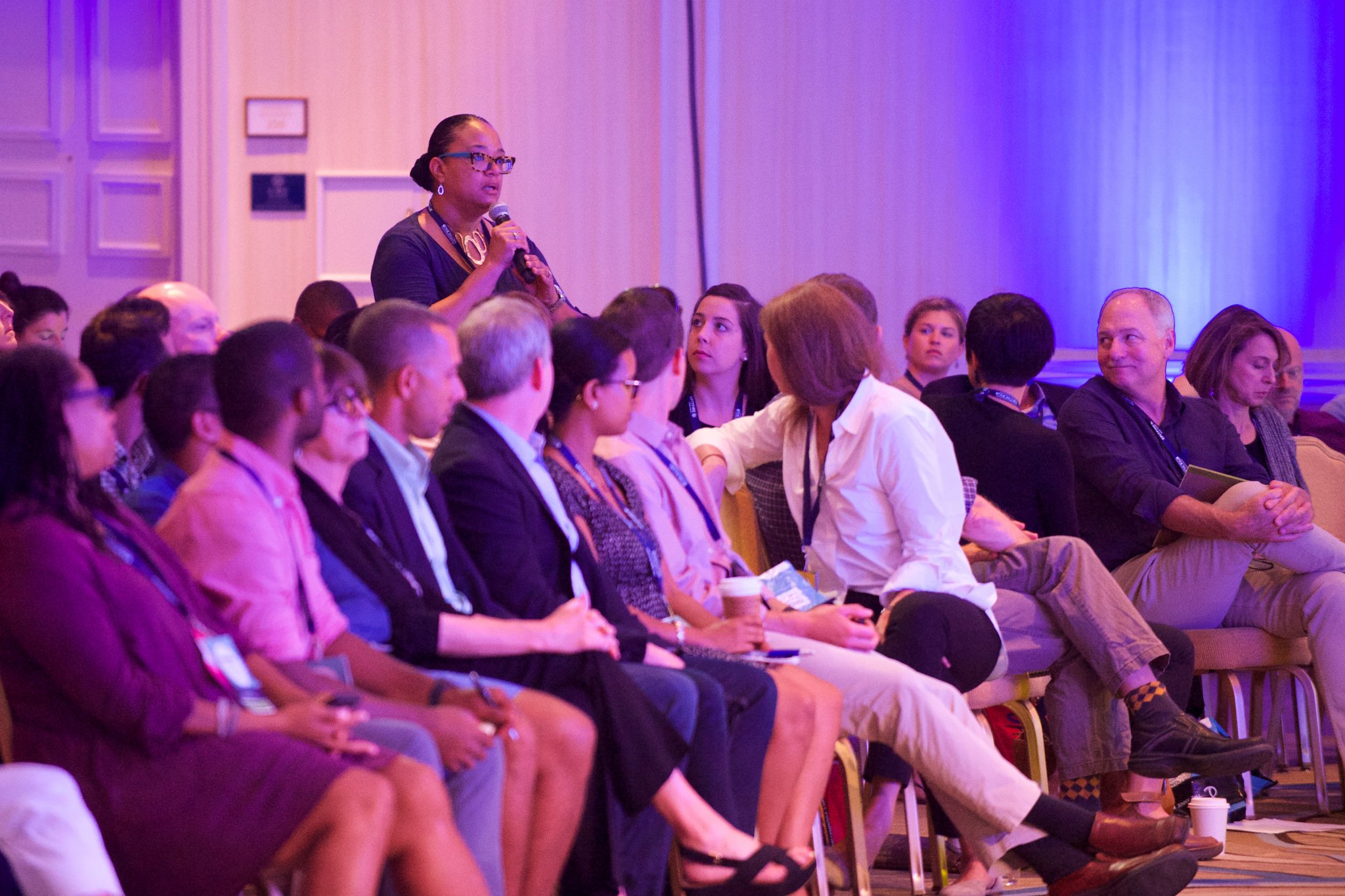Strategy & Management
Whether diversifying leadership or reassessing equity goals—how you talk about your organization's strategy and management decisions is critical in building an authentic narrative both internally and externally. As communicators, we must be doubly aware of how these new changes impact employees, as well as the communities close to the organization.
We’ve created these six tips with the communicator in mind. It’s flexible, so use it as a checklist, a launching point for a discussion, or even an assessment survey to improve your DEI communications.
Strategy
-
Freedom to create an outlet and a community within the workplace is a powerful thing. By giving your employees the agency to form a cohort in which they identify with and care for a common cause, a healthier, more inclusive workplace environment will arise.
From the management level, begin a formal dialogue with organization members. Explain why you’re promoting the creation of affinity groups in the office, and start to garner internal support for specific groups. If natural leadership doesn’t arise from this dialogue, consider having one-on-one discussions with individuals to see if they’d be willing and interested in spearheading their own group.
Supply affinity groups with both fiscal and emotional support. Showcase the work of these groups within larger organizational meetings to raise awareness. Encourage and enable employees to integrate their passions for specific causes within the work they’re doing professionally.
Embed discussions with leaders from various affinity groups into the onboarding process. A great way to display the organization’s culture is to highlight it to new hires — whether rostered, contractors, or simply volunteers. It’s also an organic way to garner new members who share similar interests.
*Remember: Affinity groups are not the same thing as a racial equity workgroup. Affinity groups are created by employees and for the purpose that they set. If you want a task force that specifically addresses racial equity, that should be a different type of group and structure.
Learn More: How to Start an Affinity Group at Work, According to Real People Who Did It
-
This step is a crucial part of establishing your baseline. By clearly communicating where your organization stands on issues of racial equity, you’re creating a lane to make real, actionable change.
Gather key data points and information to better grasp where your organization can improve and better address issues surrounding race, racism, and equity.
Commit to making a change by starting an ongoing dialogue between management and organization members at all levels.
Present and share the baseline assessment with all employees in order to communicate the organization’s weak areas, as well as the strong ones.
Learn More: Baseline Organizational Assessment for Equity Infrastructure
-
Back your commitment with tangible actions and budgets. Fluff statements that read well on paper aren’t going to cut it — there needs to be clearly articulated plans developed for training, hiring, investments, etc.
Think about your two different audiences — internal employees and external stakeholders. Assess whether your plan serves both groups.
Understand that this pact is not set in stone. Instead, commitments solidify over time. Be sure to communicate any and all adjustments that are made to the plan throughout this period of change.
Learn More: Racial Equity Mission Statements, Diversity and Inclusion Mission Statement Examples
-
With a larger organization that has many departments and silos, one sweeping announcement with plans to address racism isn’t going to be effective.
Get leaders to take things seriously. By leveraging individuals in positions of power, there will be more buy-in and goal-setting throughout the organization.
Specificity is your friend. The needs and practices of each department are heavily varied across organization. A hand-tailored approach to evaluating each subset is going to yield changes that are more effective in the long-run.
Treat staff members as stakeholders in your equity mission by weaving their feedback and ideas into the overall commitments of the organization.
Learn More: Restructure Your Organization to Actually Advance Racial Justice
-
Build your foundation’s authenticity by embedding a plan to address racial equity within your existing social impact strategy.
Be candid about the shortcomings of your current strategy. What mediums are you missing? What languages do you send your messaging in?
Evaluate the needs and desires of the community audience. Are you fully addressing their interests and considering the cultural implications of your messaging?
Use analytics to further define your racial equity strategy. Take time to outreach, investigate, and seek out community discussion.
Learn More: How to Shape a Multicultural Marketing Strategy
-
We spend a lot of time brainstorming how to do better by investing in thought leadership and community dialogue. But that’s only half of the equation. The other part of strategy is action-oriented: What physical steps will your organization take to foster the change you seek to achieve?
Address the gaps that people of color face within the organization by training allies and showing your employees how unconscious bias can end up negatively impacting the work of the organization.
Commit to ongoing collaboration within communities of color. Establish a formal relationship with them in order to direct their needs and input into the decision-making process of the organization as a whole.
Externally, think about your organization’s representation at events. Who is invited internally?
Learn More: Racial Equity Action Plans, Anti-Racism Cohorts (ARC)
“...racism is pervasive and persistent. If we can’t address it directly, we will make little progress. It may be difficult to hear the pain and often anger that is expressed from communities of color and understand what it means unless there is an authentic commitment to confront bias and hate, respect experiences different than your own and understand current and historical data and its implications.”
Carmen Anderson, Director of Equity and Social Justice, Heinz Endowment



